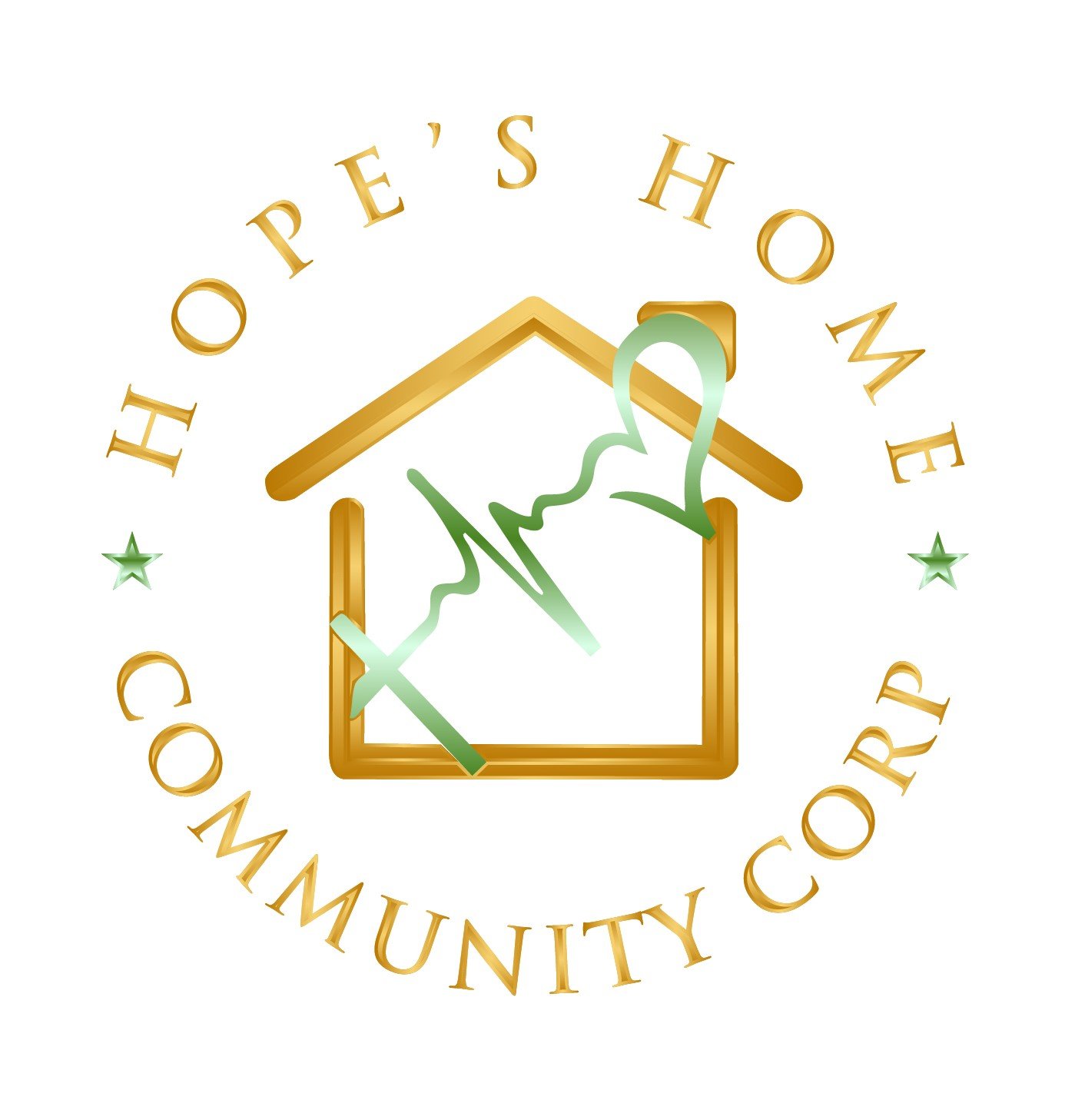Dyslexia Awareness: Tools & Tips for Success
Redefining Dyslexia Dyslexia isn’t a measure of intelligence—it’s a different way of processing language. Imagine reading a sentence where letters dance, reverse, or blur. For the 1 in 5 individuals with dyslexia, this is a daily reality. But dyslexia doesn’t define potential. With the right tools, strategies, and support, people with dyslexia thrive in school, work, and life. Let’s break down myths, share practical solutions, and celebrate neurodiversity. Why Dyslexia Awareness Matters 15–20% of people have dyslexia, yet many go undiagnosed due to stigma or misunderstanding. Early intervention can improve reading skills by 74%and boost confidence. Dyslexia often coexists with strengths like creativity, problem-solving, and big-picture thinking. Recognizing Dyslexia: Signs Across AgesDyslexia looks different at every stage. Watch for: In Children: Struggling to rhyme or learn the alphabet. Difficulty sounding out words (e.g., confusing “b” and “d”). Avoiding reading aloud or labeling themselves “slow.” In Teens & Adults: Poor spelling despite effort. Trouble summarizing stories or memorizing sequences. Low self-esteem around academic or workplace tasks. Note: A formal assessment by a psychologist or specialist is key for diagnosis. Tools & Strategies for Success1. Technology as a Superpower Text-to-Speech Apps(e.g., NaturalReader, Voice Dream): Turn written text into audio. Speech-to-Text Software(e.g., Dragon, Otter.ai): Dictate ideas without typing. Dyslexia-Friendly Fonts(e.g., OpenDyslexic): Reduce letter confusion. Learning Techniques That Work Multisensory Learning: Combine sight, sound, and touch (e.g., tracing letters in sand). Chunk Information: Break tasks into smaller steps to avoid overwhelm. Color Coding: Use highlighters or sticky notes to organize notes. Classroom & Workplace Accommodations Extra time on tests or projects. Audiobooks or digital formats (check Bookshare). Flexible deadlines and verbal instead of written feedback. Emotional Support & Advocacy Praise effort, not perfection. Teach self-advocacy: Encourage asking for help or accommodations. Debunking Dyslexia Myths Myth: Dyslexia is just “seeing letters backward.”Fact: It’s a language-processing difference affecting reading, spelling, and sometimes speech. Myth: People outgrow dyslexia.Fact: Dyslexia is lifelong, but strategies make it manageable. Myth: Dyslexia = Low IQ.Fact: Many dyslexic individuals are gifted innovators (think Einstein or Spielberg). How to Support Someone with Dyslexia Educate Yourself:Learn about their unique challenges and strengths. Focus on Strengths: Highlight creativity, storytelling, or spatial reasoning skills. Be Patient: Allow time for processing and avoid pressuring them to “speed up.” Advocate for Inclusion: Push for dyslexia-friendly policies in schools and workplaces. Conclusion: Embrace Neurodiversity, Unlock PotentialDyslexia isn’t a barrier—it’s a different lens for viewing the world. By raising awareness, providing tools, and fostering supportive environments, we empower dyslexic individuals to shine. Whether you’re a parent, teacher, or employer, your understanding can change lives. Take Action Today: Share this post to combat stigma. Explore free resources from the Yale Center for Dyslexia & Creativity. If you suspect dyslexia, seek an evaluation—it’s never too late to learn differently. Different minds, extraordinary possibilities. Let’s champion dyslexia awareness every day. Sources: International Dyslexia Association, Understood.org, British Dyslexia Association. Note: Consult educational psychologists or specialists for personalized support.


